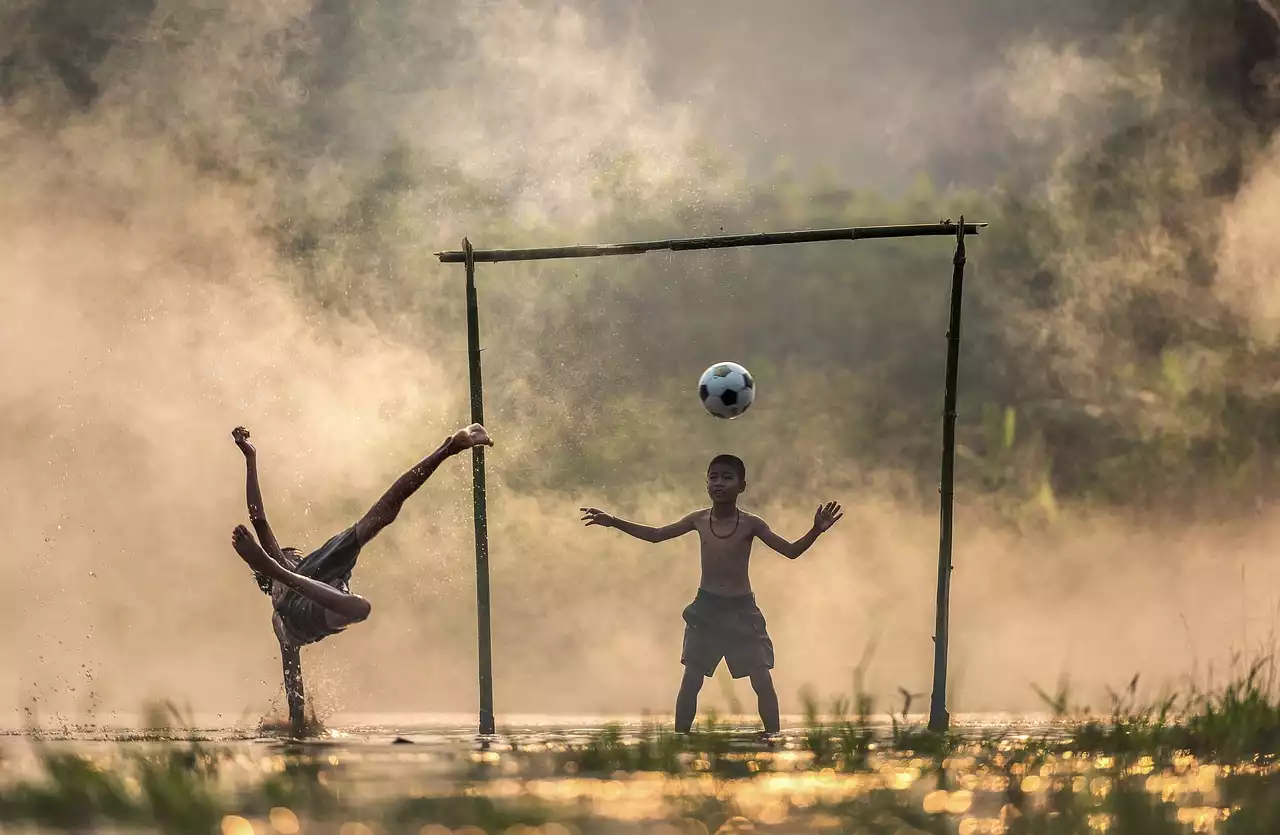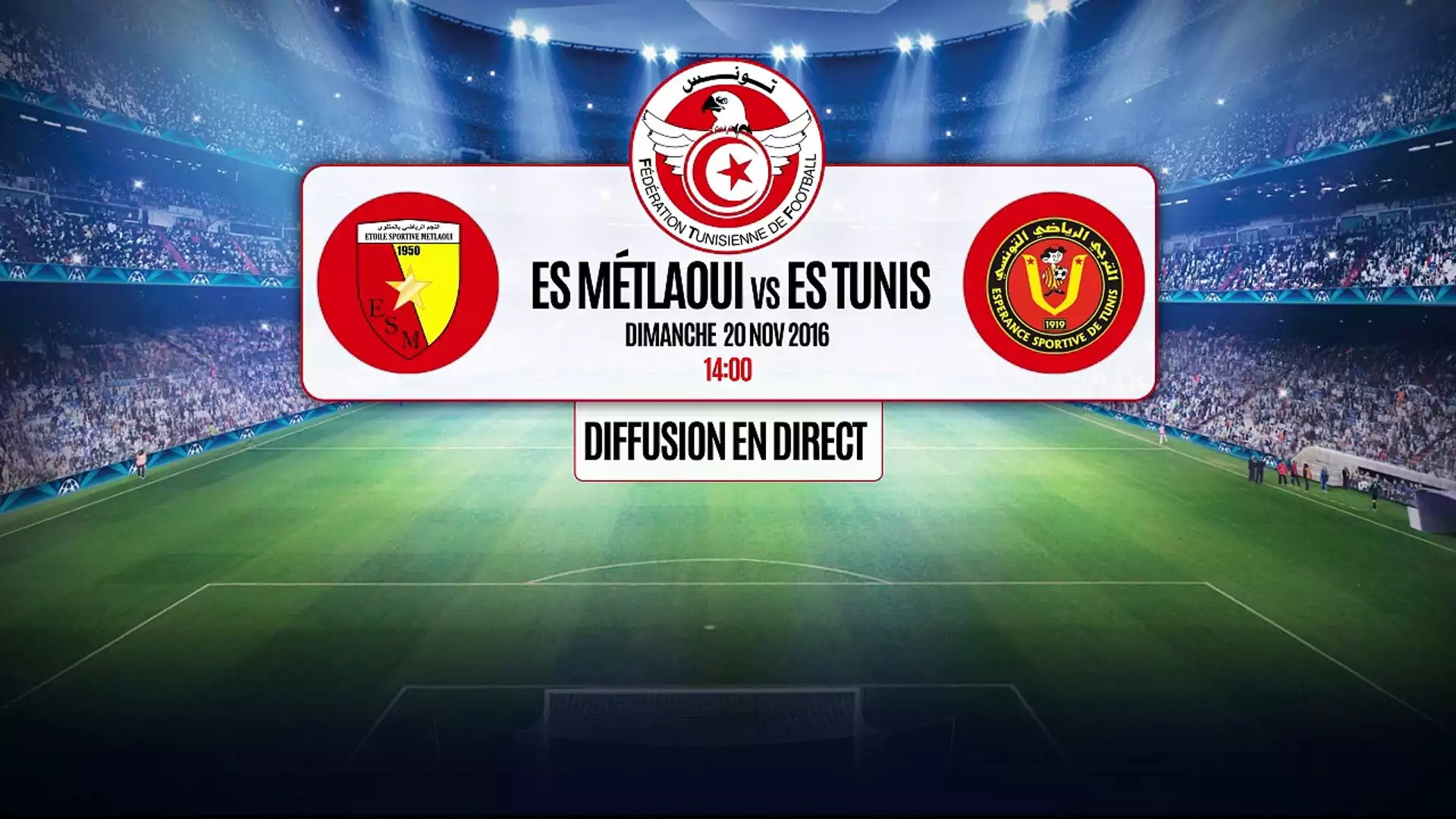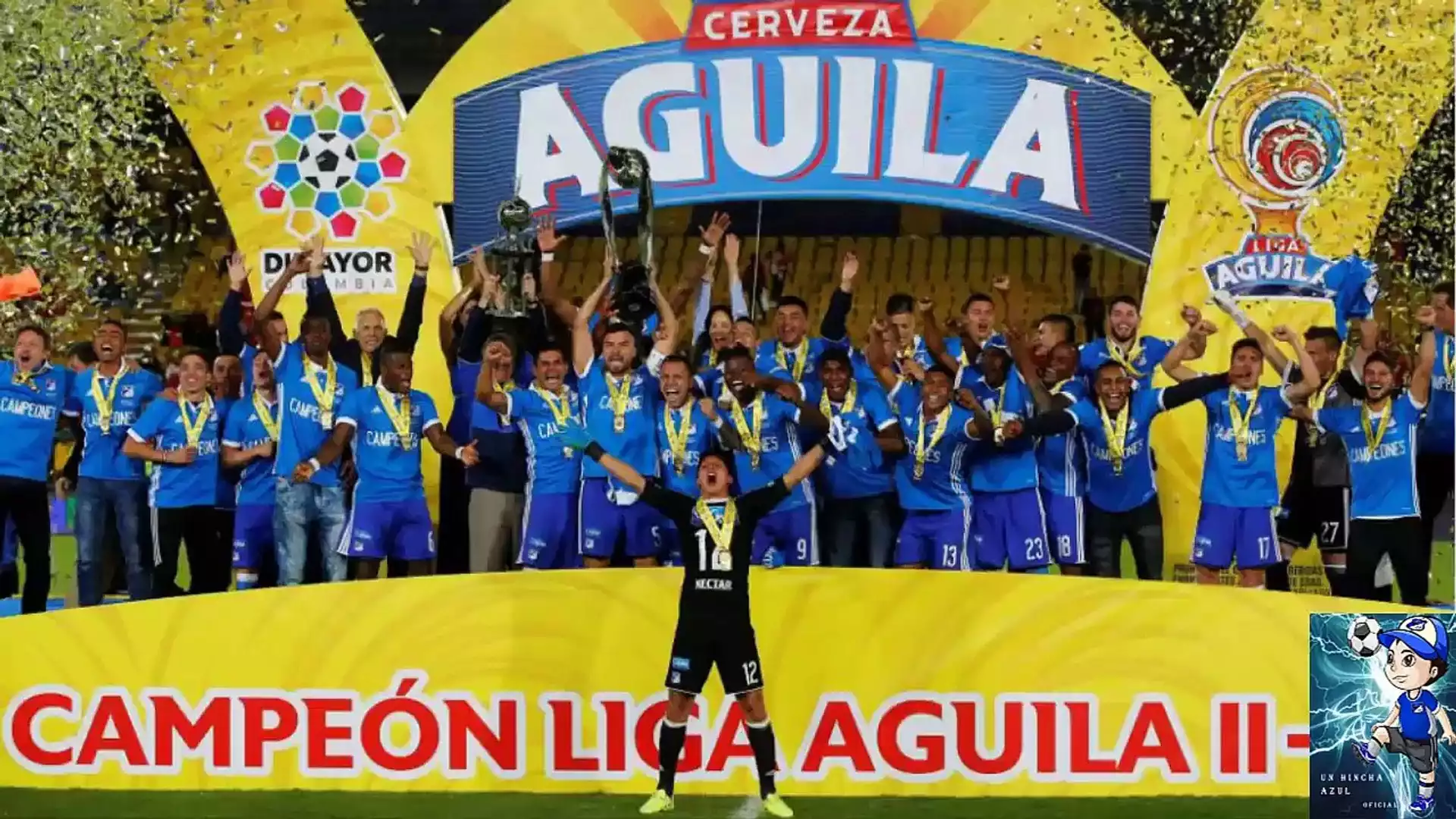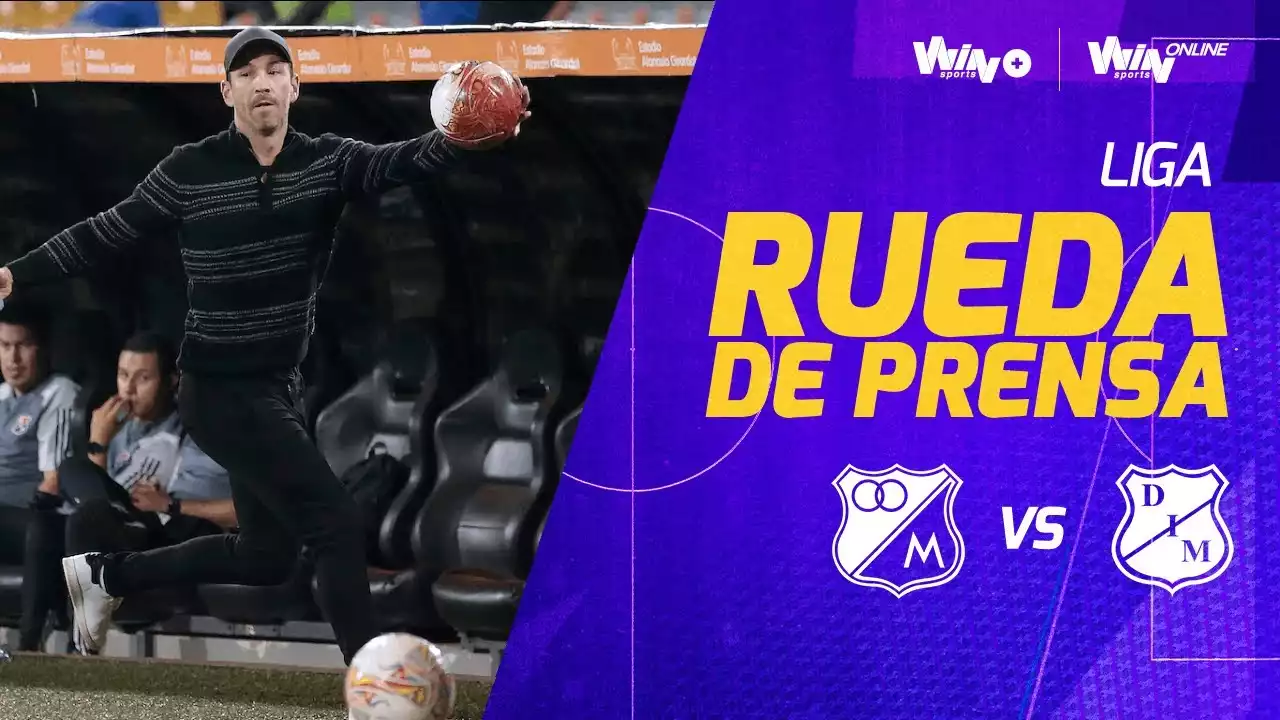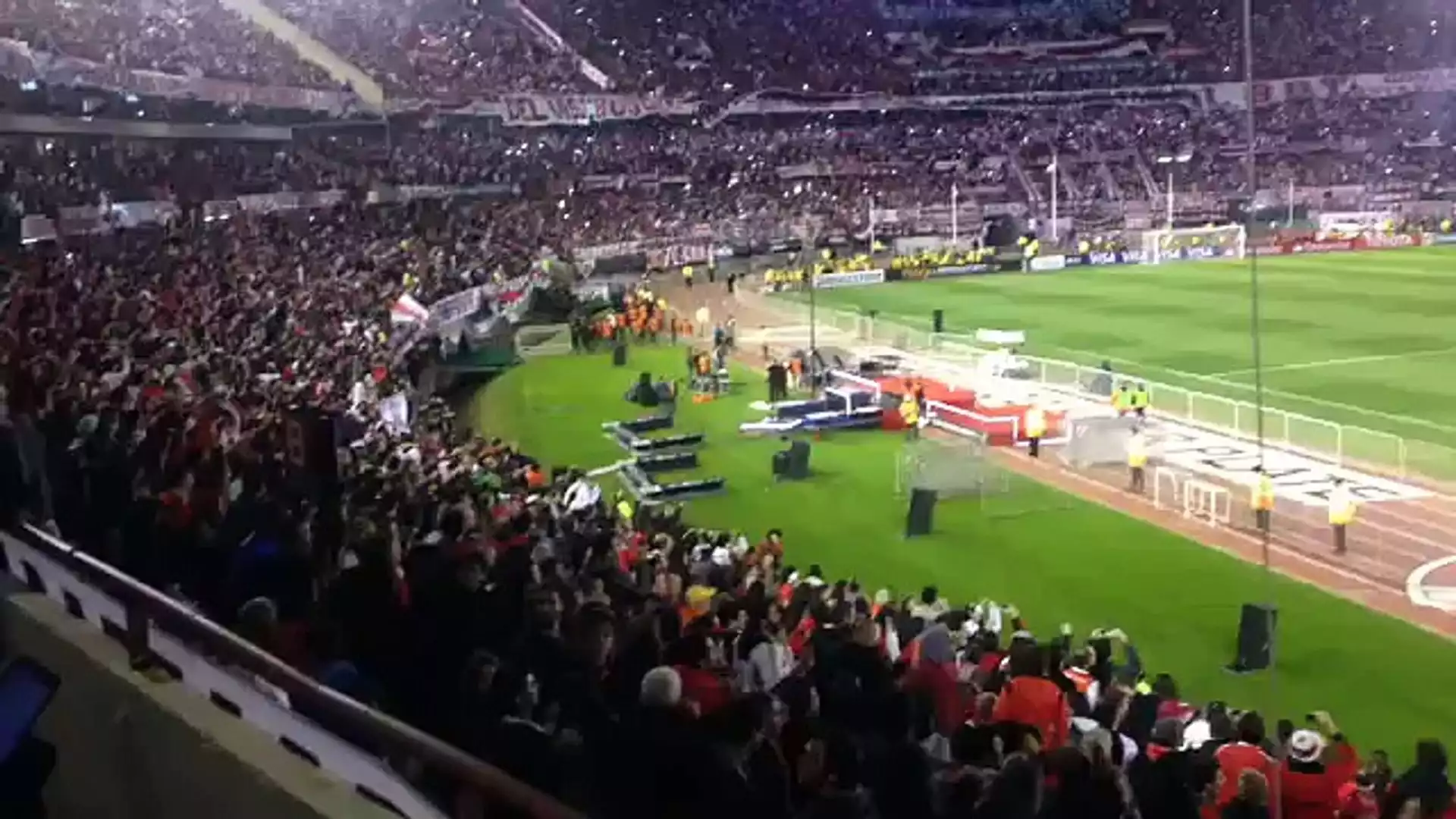History of Violence in Colombian Football
The history of violent fan behavior in Colombian football dates back several decades. The early 1980s saw the emergence of the first barras bravas, which were initially formed to provide support for their respective teams. However, over time, these groups became increasingly violent and started engaging in criminal activities such as extortion, drug trafficking, and arms smuggling. The situation reached its peak in the 1990s when Colombia was in the grip of a brutal drug war, and the barras bravas became embroiled in the conflict. Many of these groups were funded by drug cartels and used football matches as a platform to further their criminal activities.
The Most Violent Fan Groups in Colombian Categoria Primera A
Today, the Colombian Categoria Primera A has several fan groups that are known for their violent behavior. Some of the most notorious of these groups include the Los Del Sur (Atletico Nacional), Rexixtenxia Norte (Deportivo Independiente Medellin), La Guardia Albi-Roja Sur (Millonarios), and Barra del Indio (Once Caldas). These groups are known for their aggressive behavior towards opposing fans, players, and even their own team's management. They often engage in fights, vandalism, and other criminal activities before, during, and after matches. The barras bravas also demand special treatment and privileges from club officials, which sometimes leads to conflicts with other fan groups or even the club's management.
Causes of Violent Behavior in Football Fans
Several factors contribute to the violent behavior of football fans in Colombia. One of the main factors is the deep-rooted culture of violence in Colombian society. The country has a long history of armed conflict, drug trafficking, and political instability, which has contributed to the normalization of violence. Football matches provide an outlet for this pent-up aggression, and the barras bravas often use matches as an opportunity to engage in violent behavior. Another factor is the lack of effective law enforcement in the country. The authorities have struggled to combat the barras bravas, who are often well-organized and have links to criminal groups. Finally, the barras bravas often have strong links to political or criminal organizations, which provide them with funding and protection.
Consequences of Violent Fan Behavior
The consequences of violent fan behavior in Colombian football are severe. The violence has led to several deaths and injuries over the years, both among fans and players. It has also tarnished the reputation of Colombian football, making it less attractive to international investors and sponsors. The barras bravas often demand special treatment and privileges from club officials, which can lead to a breakdown in the relationship between the club and its fans. This, in turn, can lead to a decline in attendance and revenue for the club.
Strategies to Prevent and Reduce Violence in Football Matches
Several strategies have been proposed to prevent and reduce violence in football matches. One of the most effective is the use of technology, such as CCTV cameras and facial recognition software, to identify and track violent fans. Another strategy is to improve the relationship between the club and its fans by involving them in decision-making processes and providing them with a voice. The authorities have also proposed the use of stricter laws and harsher punishments for violent behavior, although this has not always been effective due to the weak enforcement of existing laws.
The Role of Authorities in Tackling Violent Fan Behavior
The authorities have a crucial role to play in tackling violent fan behavior in Colombian football. They have the power to enforce existing laws and to introduce new ones if necessary. However, the authorities have often been criticized for their lack of action on this issue. Some argue that the authorities are too afraid to take on the barras bravas, who are often well-connected and have links to criminal or political organizations. Others argue that the authorities lack the resources or political will to combat the issue effectively.
Case Studies of Successful Interventions to Reduce Violence in Football
Despite the challenges, there have been some successful interventions to reduce violence in football matches in Colombia. One example is the "Safe Stadium" initiative, which was launched by the Colombian government in 2013. The initiative aims to improve security at football stadiums by introducing stricter entry requirements, installing CCTV cameras, and improving lighting and crowd control measures. Another example is the "Fans First" initiative, which was launched by the Colombian Football Federation in 2019. The initiative aims to involve fans in the decision-making process and to provide them with a voice in the development of Colombian football.
